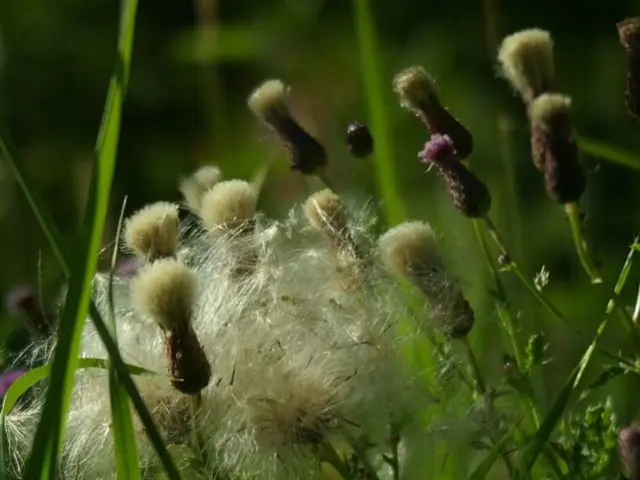Revitalization Techniques for Resuscitating Wilted or Dying Plants
In the quest to bring life and beauty to your home, caring for plants can be a rewarding endeavour. Don't shy away from experimentation to discover what works best for each of your green companions!
When a plant has outgrown its pot, it's time for repotting. Gently remove the plant from its pot, discard the old soil, and replace it with a nutrient-rich mix if your plant is struggling to grow. Opt for a soil mix that suits your plant's needs when choosing new soil. Cactus and succulents need well-draining soil, while tropical plants prefer rich, moisture-retentive soil.
If a plant shows signs of weak growth, discolored leaves, or stunted development, feed it with a balanced fertilizer, especially during the growing season. Be patient and continue to care for your plant regularly. It can take several weeks for your plant to bounce back after being revived.
Plants can be sensitive to the chemicals in tap water, such as chlorine and fluoride. Consider using filtered water or rainwater for a healthier alternative.
To revive a dying plant, start by checking for signs of life, such as any green stems or roots that are still firm and pliable. Next, prune all dead or yellowing foliage carefully to reduce stress on the plant. Assess your watering habits to determine if the plant is suffering from overwatering or underwatering. Adjust watering accordingly, allowing soil to dry out before watering again or soaking thoroughly if dry.
Adjust light exposure based on the plant's needs; too little light causes leggy, pale growth, while too much can scorch leaves. Increase humidity if the plant requires it by misting or using a humidity tray, especially for tropical species. Provide extra nutrients by applying a diluted, balanced fertilizer during the growing season to support recovery.
If roots are damaged or soil is depleted, consider repotting into fresh, well-draining soil to give roots room to recover and to reduce the risk of root rot. Use filtered water if your tap water contains chlorine or salts that stress plants. Keep an eye out for pests and diseases, treating with remedies like soapy water or neem oil if needed. Changing the soil completely during repotting can remove pathogens and improve nutrient availability.
Finally, be patient, as plant recovery takes time; consistent care will encourage new growth. If all else fails and the plant cannot recover, consider composting the remains to return nutrients to your garden naturally.
These steps are broadly applicable and effective for many houseplants, including delicate orchids or common houseplants like schefflera and fiddles leaf figs. Remember, plants are resilient, and even if one doesn't survive, there's always the opportunity to learn and try again.
When dealing with pests, look for signs such as discolored leaves, holes in the foliage, or sticky residue, and treat your plant with an insecticidal soap or natural pest control methods if necessary. Choose a pot that's 1-2 inches larger in diameter and fill it with fresh, well-draining soil for repotting. Over-fertilizing can be harmful to plants, so follow the recommended guidelines for your specific plant.
Composting is a great way to recycle plant matter and create nutrient-rich soil for future gardening projects. Happy gardening!
- Nurturing succulents requires well-draining soil to promote their healthy growth.
- Organic lifestyle choices in home-and-garden practices, like using filtered water, can provide a healthier environment for plants.
- If plants show signs of weakness, organic fertilizers can help stimulate growth without harming the environment.
- When selecting new soil, consider the needs of the plants in your garden to create a diverse and thriving green space.
- Caring for plants can be a rewarding part of an eco-friendly home-and-garden lifestyle, even if not all plants survive, as every experience offers valuable lessons for future gardening endeavours.




